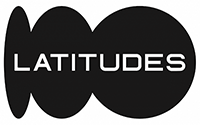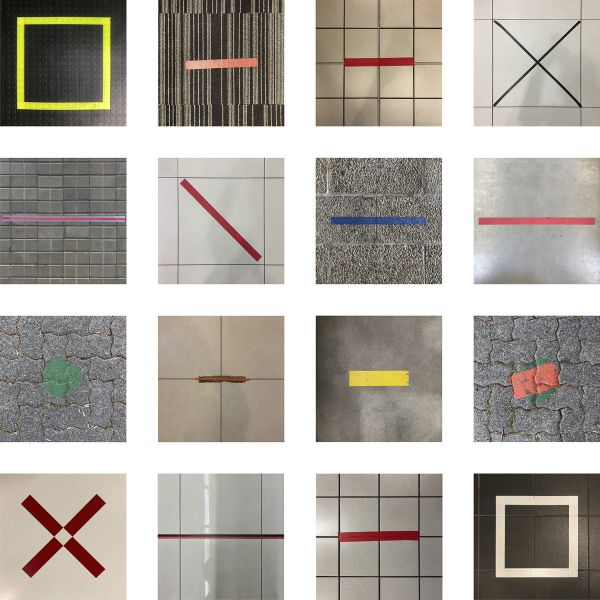Figure/Ground (FULL SET of 16 photographs, each 40x40cm)
Store Review (0)PRESENTED BY : Alexander Opper
| Frame | None |
|---|---|
| Edition Size | 7 |
| Medium | Printed with Epson Ultrachrome pigment inks on archival Ilford Gold Fibre Gloss (100% Cotton Rag, 300gsm) |
| Height | 42.00 cm |
| Width | 42.00 cm |
| Artwork Height | 40 |
| Artwork Width | 40 |
| Artist | Alexander Opper |
| Year | 2021 |
NOTE: I'm a sole practitioner and, hence, not a VAT-registered vendor.
Artist’s statement: This work, consisting of the FULL SET OF 16 PHOTOGRAPHS (each 40 x 40 cm), continues the artist’s long-term mode of artistic research and production under the banner of Undoing Architecture. In this case, the sixteen photographic images of ‘social distancing’ markers serve as a provocation for opening up thoughts concerning the strange mechanics of the ‘measurability’ of societal and social (de)construction resulting from the arrival – and seemingly immovable presence – of the global Covid-19 pandemic.
Figure-Ground is a term traditionally used in the disciplines of Urban Design and Architecture. It describes the ‘footprint’ of a building, represented by a drawing depicting the positive area occupied by a building mass (figure), relative to the negative, ‘empty’ space (ground) surrounding it. For this work I borrow the term to describe the way in which the new visual language of social distancing ‘tells’ us, in fact disciplines us – our human figures – to a rigid adherence to a form of social stasis, based on the new codes we’re now required to follow to protect us from others, and others from us.
As an artist concerned with the politics of space and the power relations that play out in space, these innocuous new visual markers disrupt and undo the norms of social behaviour in public space, behaviour we have come to take for granted in our day to day lives. These currently pervasive visual codes have resulted in an almost robotic and regulated staccato-like rigidity to the way we now move in and ‘inhabit’ space. They force us to look down a lot more than we’re accustomed to doing. They function – on the horizontal plane – as instructive symbols, in the same way, that vertically oriented traffic signage functions to guide us in our obedient adherence to the conventions and rules of the road.
These new symbols are markers to be used ‘for our own good’. They’re a rough guide based on a precise measure: of the now universally understood metric of 1.5-2m(!). I say ‘rough guide’ because every time a current Covid wave is on the wane, this distance between us all shrinks steadily, despite the urgency of the fixity these markers – all over our urban surface – insist on. As soon as a new wave is announced with its commensurate range of degrees of rules and limitations around movement, curfews, alcohol bans, limits of social gathering, and so on, we jump back to the prescribed distance metric. And so our frustration, insecurity, anxiety and Covid-related fatigue continue, without any real graspable sense of end, not to mention a return to a sense of normalcy.
For this work, I have documented a range of markings, indoors and outdoors, gathered as part of the mundane rituals of everyday life, from the time we, here in South Africa, were gradually ‘released’ from the first hard lockdown of 2020 to go about our daily business. These markers occur on all the horizontal surfaces we need to traverse as users of public space – at the local mall, the bookshop, the park, the chemist, the supermarket, the gym and, more recently, our places of work, in my case the University of Johannesburg.
The markers have a generic language yet, at the same time, manage to achieve, through the luminosity of their colour use and tape-work, a surprisingly large range of signal-like diversity. Their presence tells us emphatically where to place our ‘figures’ on the precarious and uncertain ‘ground’ this global pandemic continues to threaten to pull from under our individual and collective feet.







